The First Resurrection of Tutankhamun
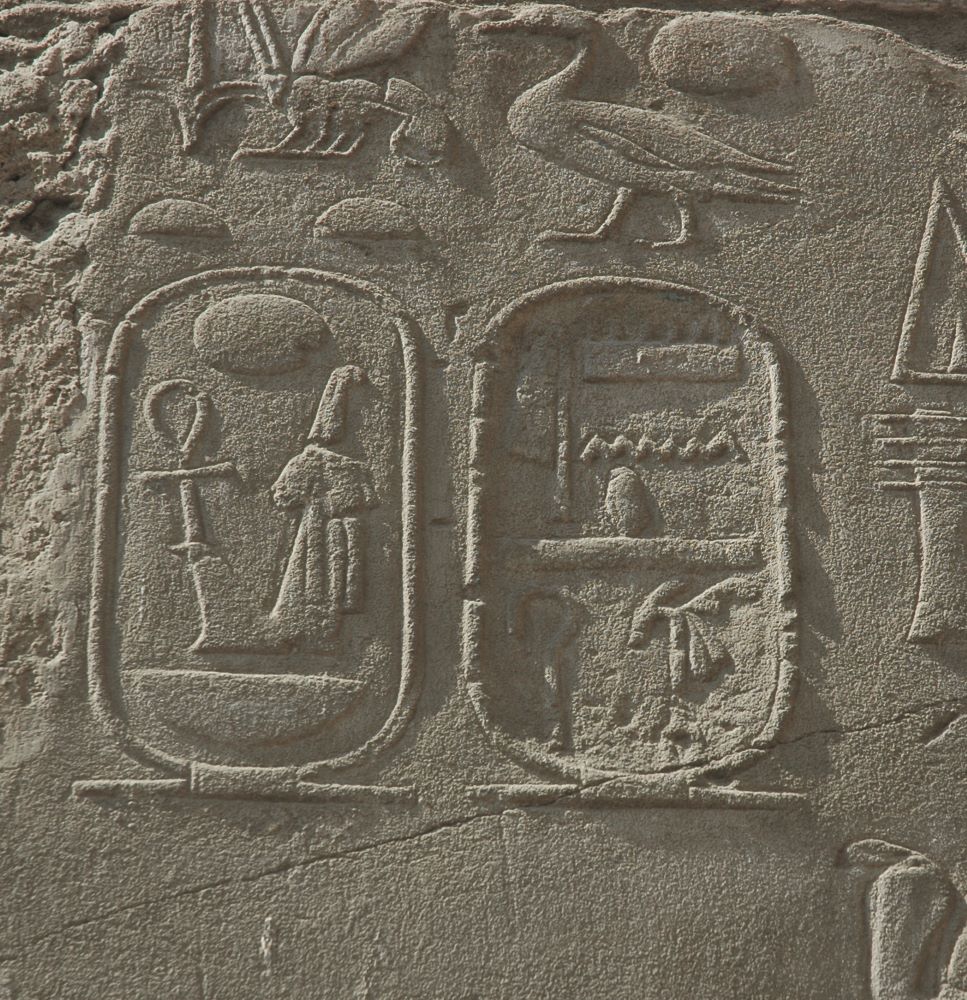
Continuing our 100th anniversary celebration of the finding of the tomb of Tutankhamun, Aidan Dodson looks at the ‘prehistory’ of the king, and how early scholars pieced together the evidence for this obscure king prior to the discovery of his tomb in 1922.

By the beginning of the Nineteenth Dynasty, Tutankhamun had been written out of history, along with all other rulers between the death of Amenhotep III and the accession of Horemheb. This was made concrete in the so-called king lists produced under Sety I and Ramesses II, which placed Amenhotep III and Horemheb directly adjacent to each other. Contemporary records were also now explicitly attributing the span of time occupied by the reigns of the ‘Amarna’ kings to Horemheb; for example, in the account of the long-running legal case of a certain Mose, which dates to the reign of Ramesses II, we find a reference to a ‘Year 59’ of Horemheb. His reign lasted no more than three decades, and thus we can see that the years of his immediate predecessors were now being retrospectively attributed to him.
Although clearly written out of ‘public’ history, it seems that residual records of the Amarna rulers remained, and some chronicles continued to list them. Thus, the work of the third-century BC writer Manetho (as transmitted by the later authors Josephus, Africanus, and Eusebius) includes the ‘excluded’ rulers of the late Eighteenth Dynasty. Manetho’s listings are, however, badly garbled, in part owing to the attempts of a compiler to reconcile a source containing the full set of names with the ‘public’ one that jumped from Amenhotep III to Horemheb.

Until 1822, when the first steps towards a decipherment of hieroglyphs were published by Jean-François Champollion in his Lettre à M. Dacier, Manetho’s material was all that historians had available to them for considering this part of Egyptian history. Even when hieroglyphic sources became available, Manetho’s version continued to be an important reference, which the first study of Tutankhamun indicates.
Tutankhamun, King of Argos?
A key pioneer in resurrecting the history of ancient Egypt was John Gardner Wilkinson, later the first Egyptologist to receive a British knighthood. During 1828-30, he published Materia Hieroglyphica, which included the first extensive lists of Egyptian kings’ cartouches, based on his research from 1821 while living in a tomb at Sheikh Abd el-Qurna on the Theban West Bank. He was able to place a considerable number of the kings whose monuments he had recorded by referring to the king list found in 1819 by William Banks in the Temple of Ramesses II at Abydos (and now in the British Museum. Although some of Wilkinson’s conclusions have not stood the test of further research, his reconstructions of the Twelfth Dynasty, the New Kingdom, and some later periods come close to modern views.

He was, however, confronted by several names that he could read on standing monuments or objects, but which were not present on the Abydos list. One of these was Tutankhamun. As far as this king was concerned, Wilkinson was aware of him from a number of sources: at least one visible block at Karnak; the tomb-chapel of the viceroy of Nubia, Amenhotep-Huy (which Wilkinson had himself opened in 1827); a block at the Bir Abad in the desert to the east of Edfu (which he also discovered); and a granite lion, one of two found by Lord Prudhoe (later Duke of Northumberland) at Gebel Barkal in February 1829. The lions were subsequently removed on Lord Prudhoe’s behalf (reaching Wadi Halfa in January 1830 and Luxor in March, where Wilkinson was able to examine them).
The Karnak block also bore the name of Amenhotep III, and one of the lions likewise. In the latter text, Wilkinson noted that Tutankhamun’s names had in all cases been damaged yet were still readable. He also recognised that the section of the lion-text naming Amenhotep III began
“with what has always been considered to signify ‘repair’, or addition to the sculpture or building of any monument” (Wilkinson’s translation – the actual reading is “made as a monument for his father”).
However, scholarly understanding of ancient Egyptian was still insecure, and as a result Wilkinson inferred (incorrectly)
“that the inscription was commenced by the earlier monarch, whose name has been obliterated, and was continued by Amunoph”,
thus making Tutankhamun earlier than Amenhotep III. Wilkinson also brought into the equation his observation that, on the other lion, Amenhotep III’s nomen had been erased and replaced by a duplicate prenomen; both cartouches also had the Maat element spelled out alphabetically, rather than using the usual image of the goddess.
While it was thus clear to Wilkinson that Tutankhamun (whom he called ‘Amun-Toônh’) was closely associated with Amenhotep III, apparently as his predecessor, when he consulted the Abydos king list there was no sign of him. Rather, Amenhotep was preceded by Thutmose IV, and followed by Horemheb. Taking all this data together, Wilkinson proposed that
“Amunoph III had an elder brother (whose name appears to read Amun-Toônh) who reigned conjointly with him, and who, though sharing equal authority, had in his quality of elder brother the honourable distinction of a prænomen and phonetic nomen. Amunoph had at that time only a prænomen, which was repeated in lieu of a phonetic nomen; this fact is abundantly proved by examination of the monuments erected during the early part of his reign; in all of which we find that the prænomen and nomen originally contained the same hieroglyphics, but that the latter has been altered into the phonetic name of Amunoph at a subsequent period.
This last change seems to have happened after the death or secession of the elder brother (Amun-Toônh), whose name was then ordered to be erased on every monument where it could be found throughout Egypt and Nubia; and it is only from the traces of the hieroglyphics, or by a comparison of the several parts of the ovals, accidentally preserved in the more minute sculptures, through the oversight of those employed to obliterate them, that we are enabled to decipher the whole of the characters of which it is composed”.
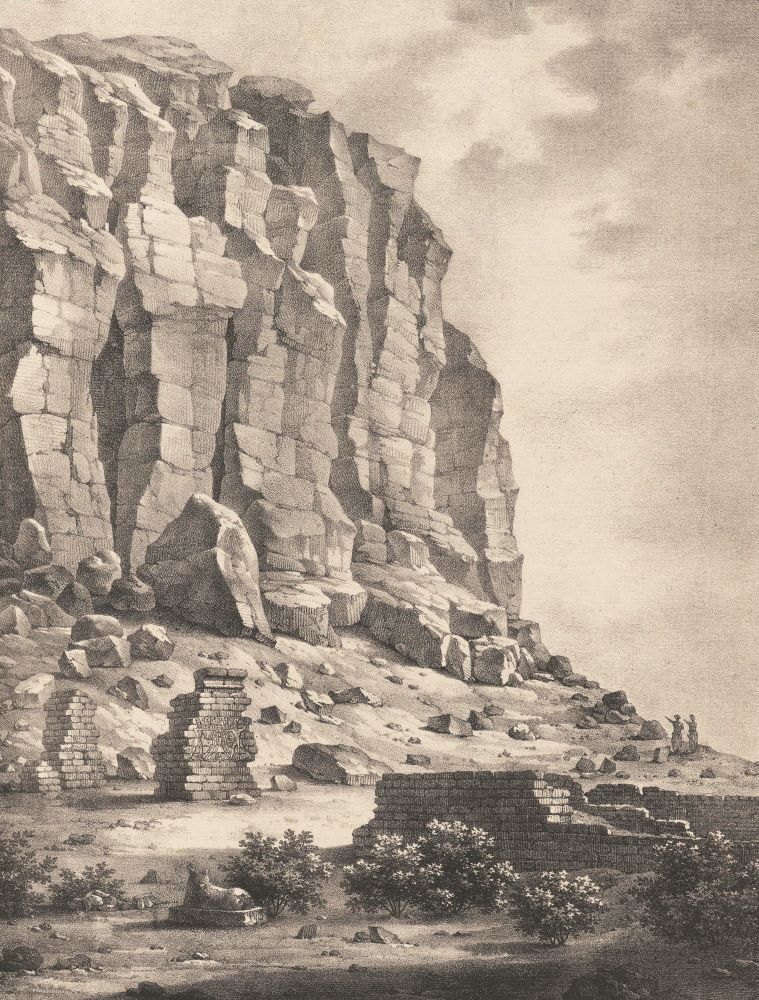
Wilkinson sought support for his theory from the only other source available to him: the work of Manetho. In the latter’s garbled account of the late Eighteenth/early Nineteenth Dynasties, he found an intriguing note that stated that a certain King Armaïs was “also called Danaus”, who had quarrelled with his brother Sethôs (“also known as Aegyptus”),
“after which he was banished from Egypt and, fleeing from his brother, he arrived in Greece, and, seizing Argos, he ruled over the Argives”.
Linking this statement with his hypothesis that Tutankhamun and Amenhotep III were warring siblings, Wilkinson wondered whether Tutankhamun might have been Armaïs-Danaus, leaving for Argos while Sethos-Aegyptus-Amenhotep III continued to rule in Egypt. However, a few years later, in 1838, Conrad Leemans pointed out that the names Armaïs and Sethôs could not easily be made to equate with those of Tutankhamun and Amenhotep III, although he supported Wilkinson’s basic position over the sibling relationship between Tutankhamun and Amenhotep III.
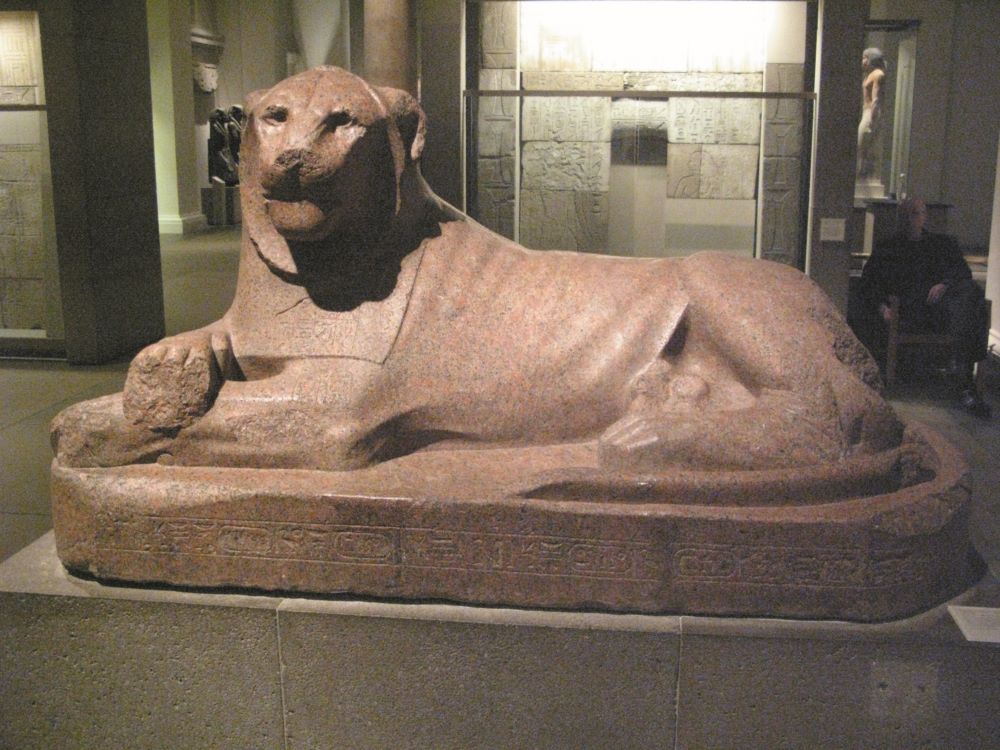
Back in 1824, Wilkinson had been the first Egyptologist to examine the tomb-chapels at Amarna and, unlike most other contemporary scholars, was from the outset convinced that they should be placed in the later Eighteenth Dynasty. Noting that the royal name found in the tombs was, like that of Tutankhamun, missing from the Abydos king list, Wilkinson wondered in 1830 whether the cartouches of Akhenaten were “perhaps a variation on the name of Amenoph the third’s brother (i.e., Tutankhamun)”, although this idea did not endure.
Wilkinson’s consolidated view of the history of the late Eighteenth Dynasty was enshrined in his seminal books Topography of Thebes (1835) and Manners and Customs of the Ancient Egyptians (1837). According to the latter:
“Amunoph III. and his elder brother Amun-Toonh succeeded to the throne on the death of the 4th Thothmes; but as they were both young, the office of regent and tutor during their minority was confided to their mother, the queen Maut-inshoi [Mutemwia]”.

Having attained their majorities, Wilkinson wrote that the brothers
“ruled with equal authority and in perfect harmony, till some event caused the secession of Amun-Toonh, who left to Amunoph the undivided possession of the throne, and retired from Egypt. And so anxious was the younger brother to obliterate every recollection of his having ruled conjointly with his sibling, that he not only prevented the mention of his name in the lists of kings but caused it to be erased from all the monuments of Upper and Lower Egypt”.

Wilkinson also continued to be tempted by the idea that Danaus and Aegyptus were none other than Tutankhamun and Amenhotep III, although he was now himself concerned at the dissimilarities between the Egyptian and Greek names in question.
Émile Prisse d’Avennes queried Wilkinson’s conclusions regarding the lion text in 1846: while it placed Tutankhamun close in time to Amenhotep III, did it really indicate that he was his brother, rather than his son or son-in-law? As far as Prisse was concerned, all that could be said with confidence was that Tutankhamun was a predecessor of Horemheb.

Towards the first consensus
Richard Lepsius recognised that the lion-text had Tutankhamun referring to Amenhotep III as his father, and thus made Tutankhamun one of three sons of Amenhotep, the others being Akhenaten and Horemheb. He proposed that the three sons reigned in parallel as rivals (with Akhenaten and Tutankhamun ruling only in the south of Egypt and in Nubia), Horemheb outliving his siblings to become sole pharaoh.
While a few writers still preferred to situate Akhenaten either in the later Second Intermediate Period or during the first Persian domination of the sixth/fifth centuries BC, the question of the placement of the ‘Amarna’ kings between Amenhotep III and Horemheb had essentially been settled by the time of the appearance of the 1859 first edition (in French) of the influential History of Egypt under the Pharaohs, by Heinrich Brugsch.

Brugsch was sceptical over whether Tutankhamun was any kind of blood relation of Amenhotep III, viewing him as most likely owing his throne to his wife (now known to have been a daughter of Akhenaten), implicitly seeing the lion text as just a formulaic reference to a predecessor. Thus, Brugsch’s 1879 edition described Tutankhamun as one who
“reigned in Thebes with the consent of the corporation of the priests of Amon. By a brilliant external pomp, he seems to have obtained the power and commanded the respect, which were denied him on account of his birth and marriage. Still for all he remained an illegitimate pretender, to whom, in the eyes of the priests of Amon, the full pharaonic blood was wanting”.
Other scholars (including Gaston Maspero) still preferred to take the lion-text at face value and keep Tutankhamun as a son of Amenhotep III, but most researchers remained unconvinced.
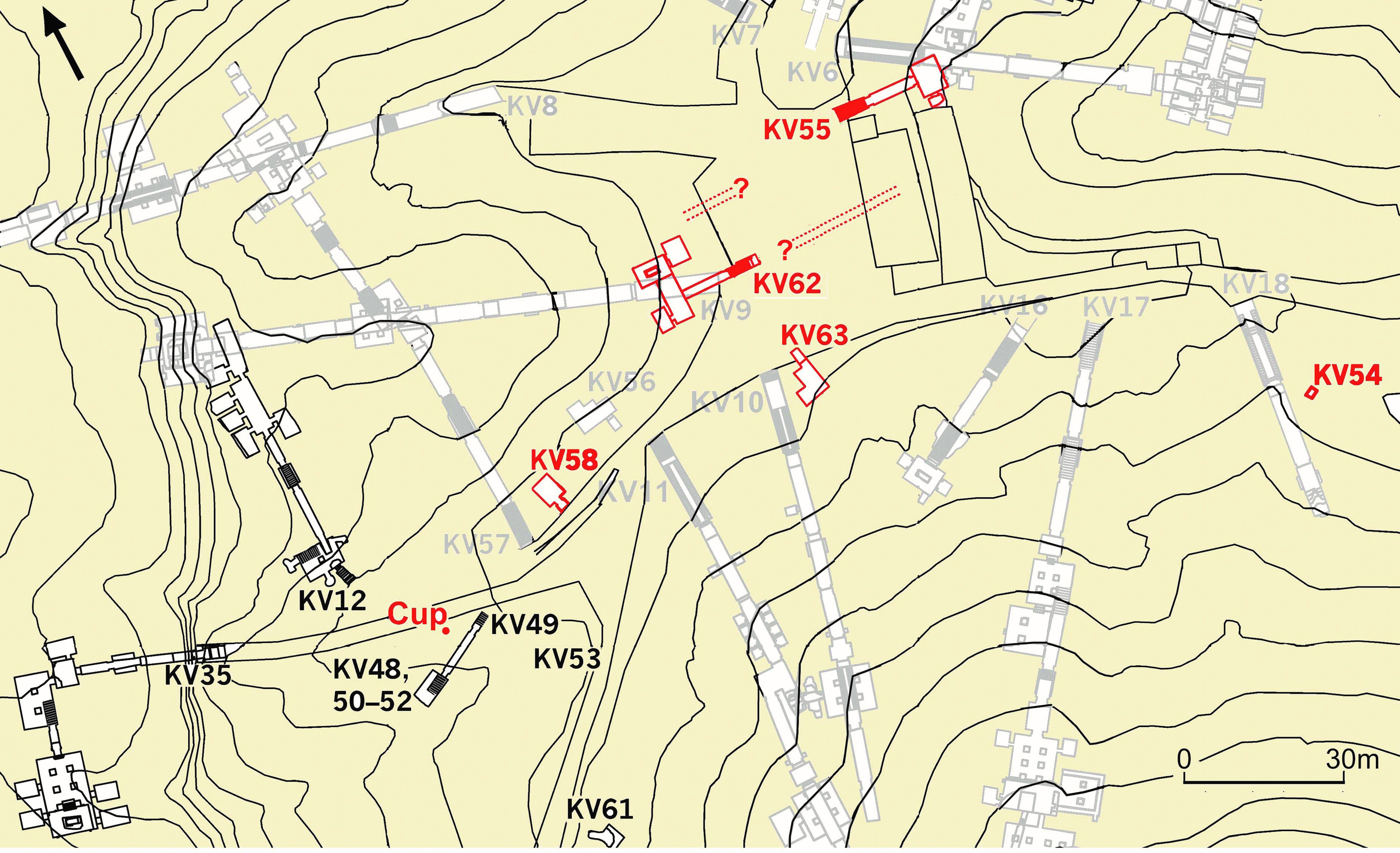
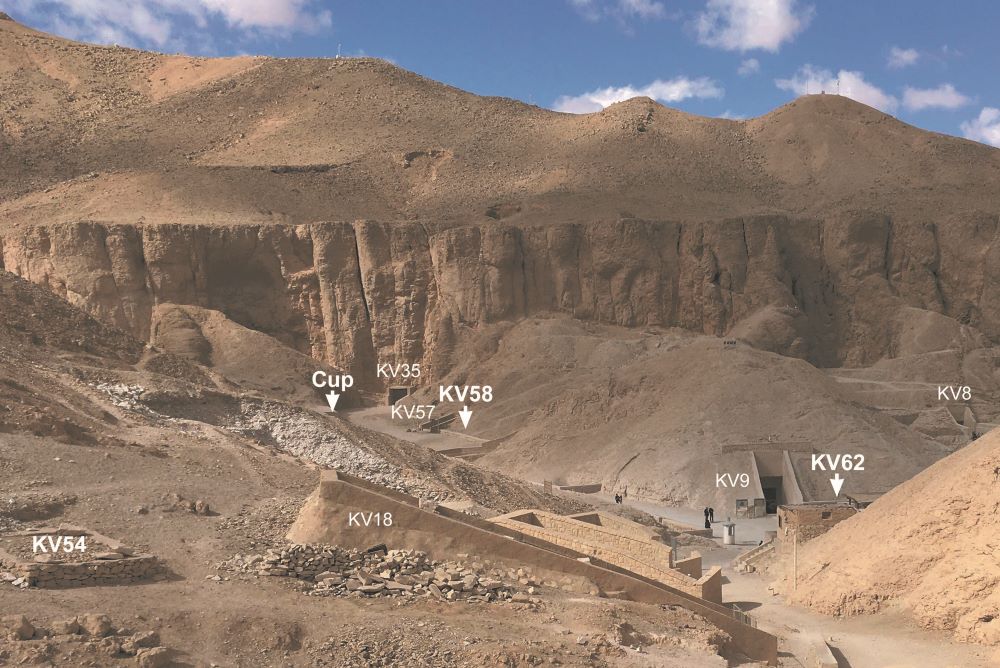
Research into the Amarna Period as a whole was given a major boost by the first systematic excavations at Amarna itself, by Flinders Petrie during the winter of 1891-92. Significant amounts of material were recovered, including small finds bearing the names of Tutankhamun. In Petrie’s view,
“[t]he claim of Tut.ankh.amen to the throne was through his wife, Ankhsenpaaten ... ; he may also have been descended from the royal family, though the fact that he calls Amenhotep III his father (on the Barkal lions) cannot be taken as proving the relationship”.
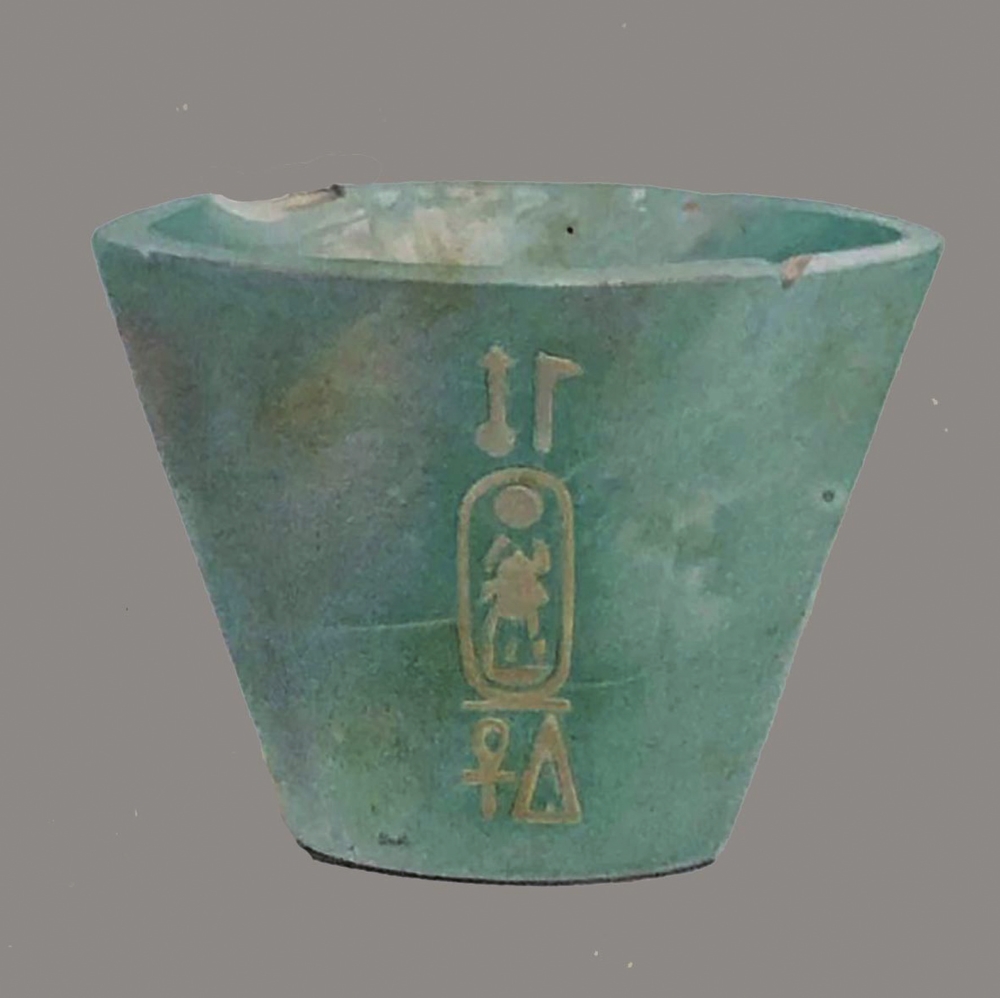
Between 1885 and 1892, Luxor Temple was cleared of debris, revealing Tutankhamun’s decoration of the Colonnade Hall, which was first published by Georges Daressy in 1892. It was considered in the context of the overall building history of the temple by Ludwig Borchardt in 1896; a popular treatment of the tableaux was produced by Colin Campbell in 1912. Further material relating to Tutankhamun came to light during the first decade of the twentieth century, including four statues from the Karnak Cachette in 1903-04, and the Restoration Stela in that temple’s Hypostyle Hall in 1905, with a fragment of a duplicate found in the Temple of Montu.
In 1909, a piece of linen bearing the king’s name was found, with the first date of his ever to have come to light: Year 6. This came from a tomb in the Valley of the Kings (KV58) declared very doubtfully by its discoverer to be that of Tutankhamun (see below). In the wake of this find, in 1912 Maspero published the last substantive work on Tutankhamun prior to the finding of the king’s actual tomb. In this, he retreated from his former preference for making the king a son of Amenhotep III on the basis of the lion text:
“[t]aken alone, the title father ... , which Pharaohs are wont to give to any of their predecessors, is no proof that there was such as we supposed, Loret and I, between Amenôthes III and Touatânkhamanou. It is best, therefore neither to affirm or deny that it existed”.
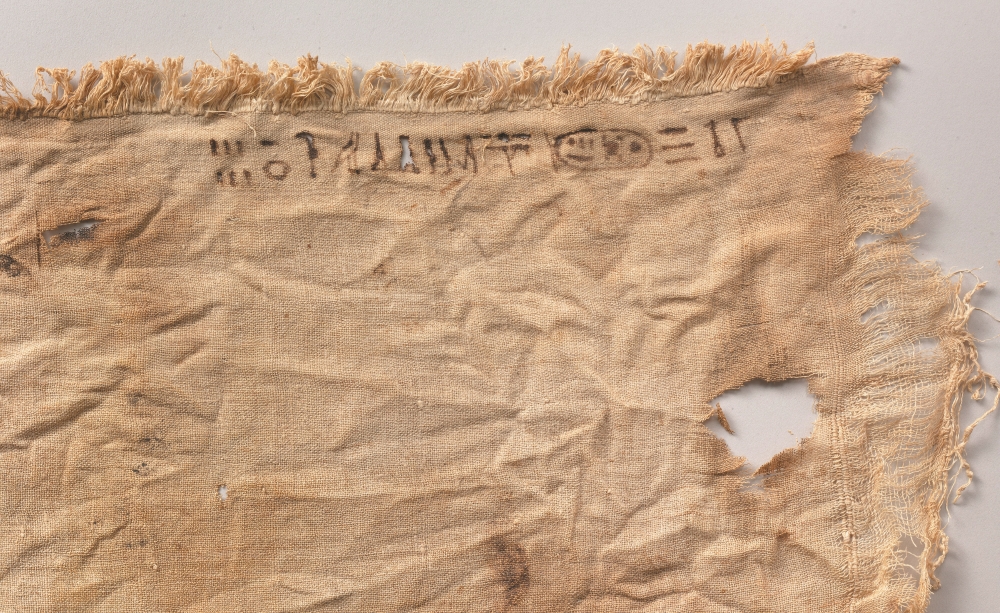
Maspero in any case affirmed that the proximate cause of Tutankhamun’s accession was his marriage with Ankhesenpaaten:
“Whether the event took place during the lifetime of her father or her brother-in-law Sâkerîya [Smenkhkara], or whether, having usurped the power after the death or deposition of Sâkerîya, he legitimated his usurpation by this alliance”.
The Valley of the Kings
Since 1902, excavations in the Valley of the Kings had been funded by the American lawyer Theodore M. Davis. In 1904, his team had found the tomb of Tutankhamun’s great-grandparents Yuya and Thuya (KV46), and the KV55 cache in 1907. In early 1906, under a rock opposite what would later prove to be site of the tomb of Horemheb (KV57), they found a small faience cup bearing the name of Tutankhamun.
The following winter, on 21st December 1907, a shallow pit (KV54) was found just above the Twentieth Dynasty tomb of Ramesses X (KV18), which contained what proved to be a cache of embalming material, and perhaps the remains of a funerary meal (now in the Metropolitan Museum of Art, New York) [see Barbara Gai’s article Tutankhamun before Tutankhamun in AE 133].
In January 1909, tomb KV58 was found, containing principally fragments of gold foil bearing the names of Tutankhamun and Ay, perhaps from chariots, plus the Year 6 piece of linen mentioned above.
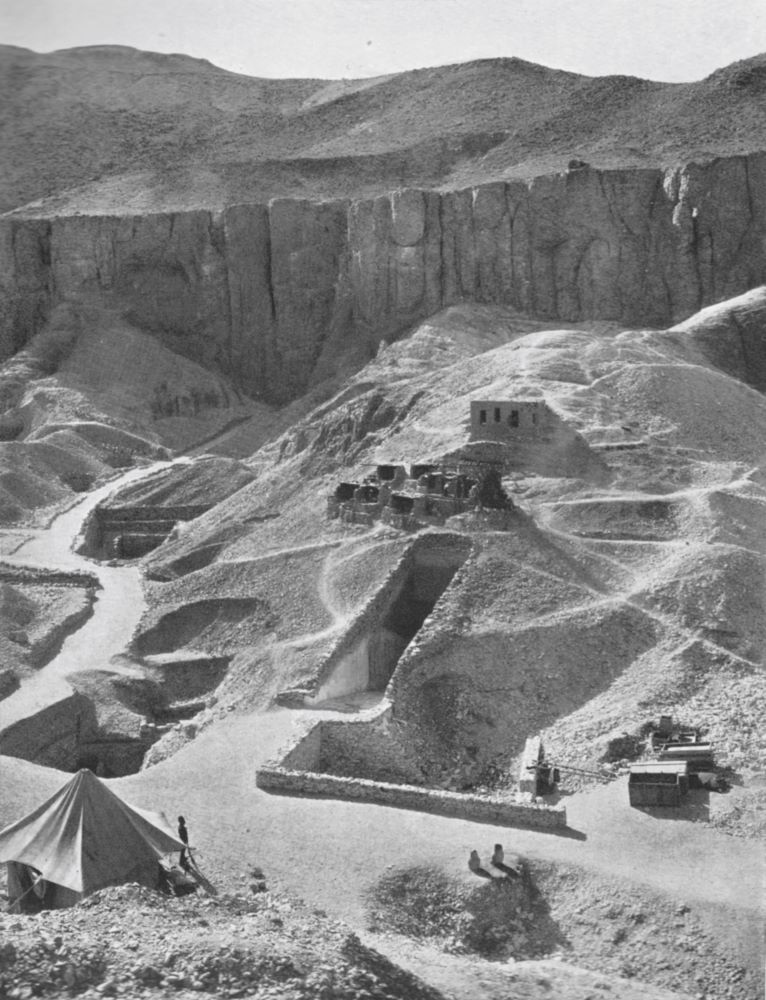
Although the tomb was clearly a secondary deposit of material from elsewhere, Davis proposed that these were plundered remains of Tutankhamun’s burial – but, as just noted, this was doubted by Maspero, writing in Davis’s book on the excavations. The book also included Davis’s own gloomy assessment:
“I fear the Valley of the Kings is now exhausted”.
In 1915, however, the concession for the Valley was taken up by the Fifth Earl of Carnarvon, beginning the process that would lead in November 1922 to the discovery of Tutankhamun’s tomb and opening a whole new chapter in the king’s modern resurrection.
Aidan Dodson is Honorary Professor of Egyptology at the University of Bristol. He was awarded his PhD by the University of Cambridge in 1995 and elected a Fellow of the Society of Antiquaries of London in 2003. He was Simpson Professor of Egyptology at the American University in Cairo for Spring 2013 and Chair of Trustees of the Egypt Exploration Society from 2011 to 2016. The author of over 25 books, his most recent, Tutankhamun, King of Egypt: his life and afterlife, will be published by the American University in Cairo Press in December 2022 and is reviewed on page 56.
